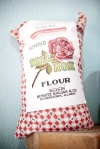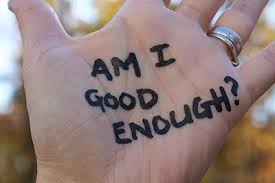 When I first chose the meal my protagonist, John Welles, would enjoy with Reuben and Hannah Wise, I flinched at including horseradish sauce. A website on authentic Jewish cooking suggested the pungent condiment as a topping for the salmon patties I had Hannah serving.
When I first chose the meal my protagonist, John Welles, would enjoy with Reuben and Hannah Wise, I flinched at including horseradish sauce. A website on authentic Jewish cooking suggested the pungent condiment as a topping for the salmon patties I had Hannah serving.
I hate horseradish. My earliest memory of it involves cocktail sauce served at a seafood restaurant called Arthur Treacher’s that went out of business in our area years ago. My aunt was pumping the sauce out of a dispenser into little paper cups when one hefty pump spewed the offending sauce all over my shirt. I was mortified, and I guess my face showed as much because my aunt busted up laughing even as she wiped me off with paper napkins.
To this day I can sniff out horseradish in any meal even as someone is setting the plate down in front of me. I was sure I wouldn’t include it in my Edible Fiction posts featuring food from my novel, The Secrets of Dr. John Welles. Until my mom made fresh horseradish sauce.
Homemade horseradish sauce is a whole different creature. The key, as I discovered, was to grate the horseradish fresh instead of using the jarred stuff. Freshly grated horseradish is zesty like radishes; it actually has flavor. Unlike the jarred stuff, which is bitter without much flavor at all, fresh horseradish tastes like peppery herbs.
stuff. Freshly grated horseradish is zesty like radishes; it actually has flavor. Unlike the jarred stuff, which is bitter without much flavor at all, fresh horseradish tastes like peppery herbs.
As for recipes, there are thousands to be found for homemade horseradish sauce. I imagine Hannah would have mixed her freshly grated horseradish into a quality mayonnaise with a little salt and pepper to taste. Sour cream or crème fraiche is another suggestion as is the inclusion of white wine vinegar, chives, and Dijon mustard. You really can’t mess up the recipe; it’s just a matter of tasting as you create until you achieve the flavor you’re looking for.
The following is a basic recipe that provides a great jumping off point.
Horseradish Sauce
4 ounces of freshly grated horseradish root
1 ½ cups of mayonnaise
Salt and pepper to taste
Peel and grate the horseradish root. Stir into the mayonnaise and season with salt and pepper.








